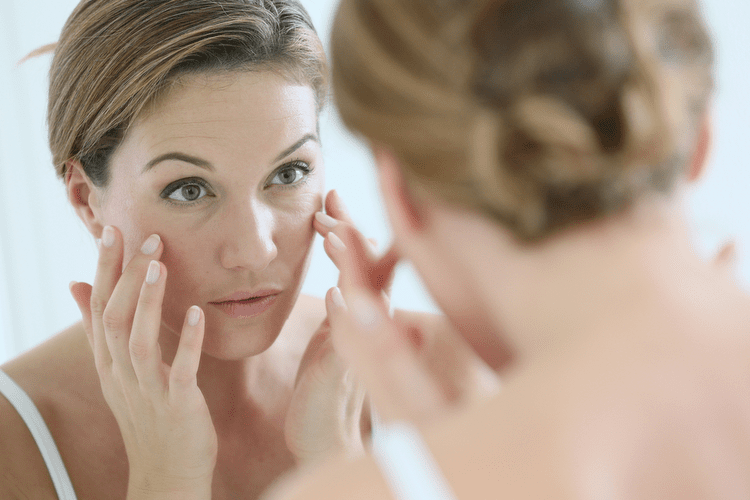More information about alcohol’s effects on i have an alcohol problem the brain is available on NIAAA’s topic page on Alcohol and The Brain. If you or others are concerned, make an appointment with your provider to talk about your drinking. Your provider can help guide you to the best treatment. Alcohol use disorder (AUD), or alcoholism, is a chronic relapsing brain disease. You can develop an AUD after frequent long-term alcohol use.
Appendix – The Disease of Alcoholism
In the middle stage, the alcoholic is unknowingly physically dependent on alcohol. He or she simply finds that continuing to use alcohol will prevent the problems of withdrawal. By the time an alcoholic is in the late stage, he or she is often irrational, deluded, and unable to understand what has happened. Treatment for alcohol use disorder usually involves support and medical care to help you reduce your intake of alcohol or stop drinking altogether. A health care provider might ask the following questions to assess a person’s symptoms.
Connecticut Alcohol Abuse Statistics
- Alcoholism, now known as alcohol use disorder, is a condition in which a person has a desire or physical need to consume alcohol.
- Many patients benefit from self-help groups such as Alcoholics Anonymous (AA), Rational Recovery or SMART (Self Management and Recovery Training).
- Some managed to be fully functioning for a good while there after but DUIs, job losses, relationship breakdown all followed.
- Nevada’s alcohol-related death rate per capita is high, but it has a very low rate of underage deaths.
These boundaries shouldn’t come as a surprise; it’s important to tell your loved one ahead of time that you’ll be making changes based on specific https://olobodrum.com.tr/building-a-sober-social-life-how-to-enjoy/ actions or behaviors. Sometimes people refer to boundaries as “tough love,” in which there are consequences for not making a change. Velez says it’s more about identifying reasonable steps than reacting with emotion.

How is alcohol use disorder diagnosed?
- Thus, the risk goes up for men who drink more than four standard drinks in a day (or more than 14 in a week); for women, there is a lower limit of three drinks in a day (and seven drinks in a week).
- Your health care provider or counselor can suggest a support group.
- Interventions should be overseen by trained professionals who can facilitate the conversations, provide resources, and create a plan for change that can be implemented immediately.
A friend died as a result of his intake and I stopped and changed my lifestyle. I have probably marijuana addiction had about five drinks in the last three years. As others have said, try stopping for a week or two and see how much you crave it.

Self-assessments can be helpful for spotting the signs of a problem, but consider talking to your healthcare provider if you are concerned about your alcohol consumption. They can make an official diagnosis and provide further advice and treatment recommendations. But even if you’re able to succeed at work or hold your marriage together, you can’t escape the effects that alcoholism and alcohol abuse have on your personal relationships. Drinking problems put an enormous strain on the people closest to you. Drinking problems can sneak up on you, so it’s important to be aware of the warning signs of alcohol abuse and alcoholism and take steps to cut back if you recognize them.



















